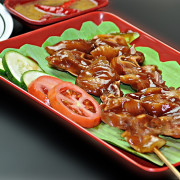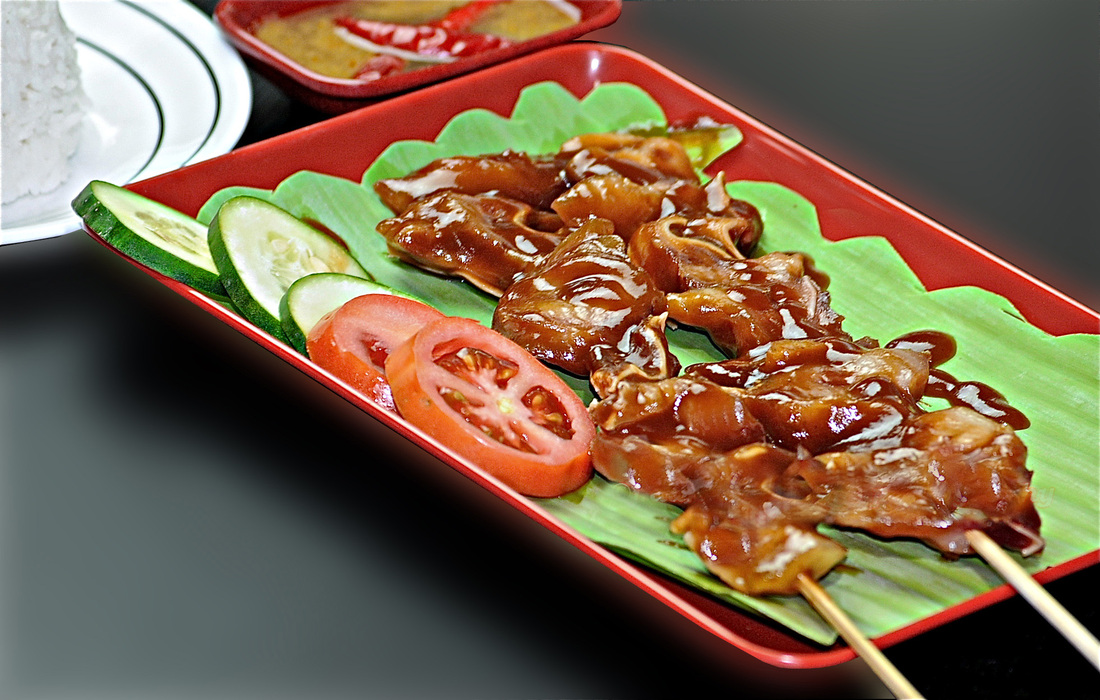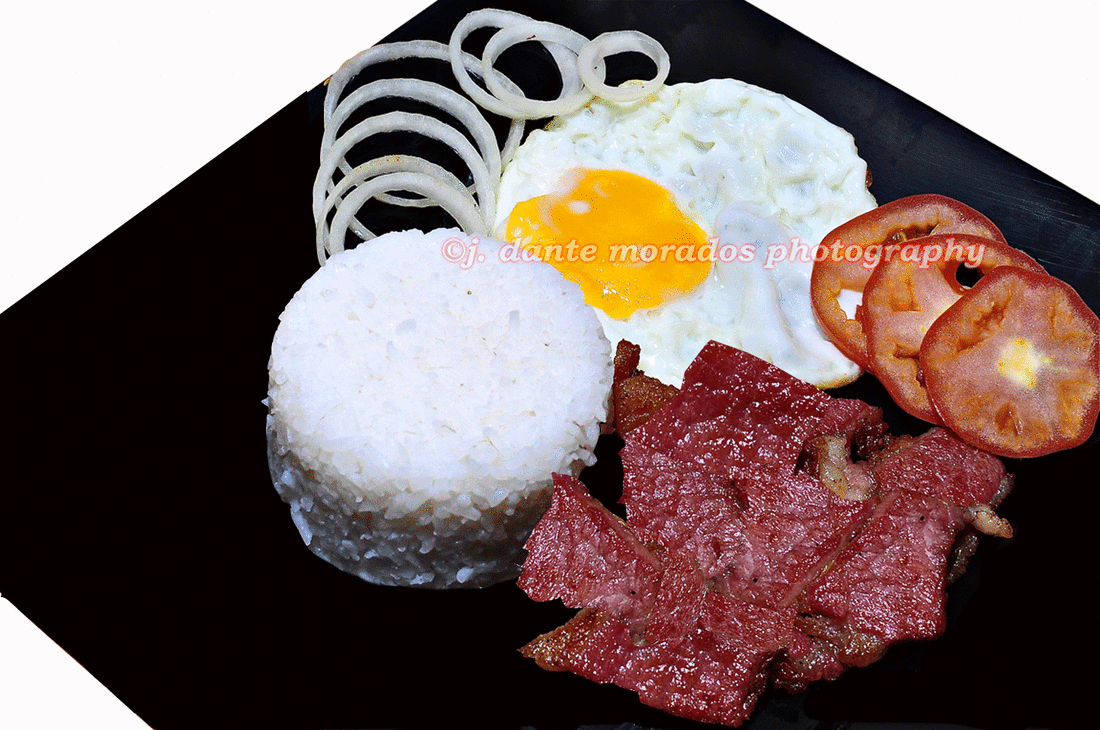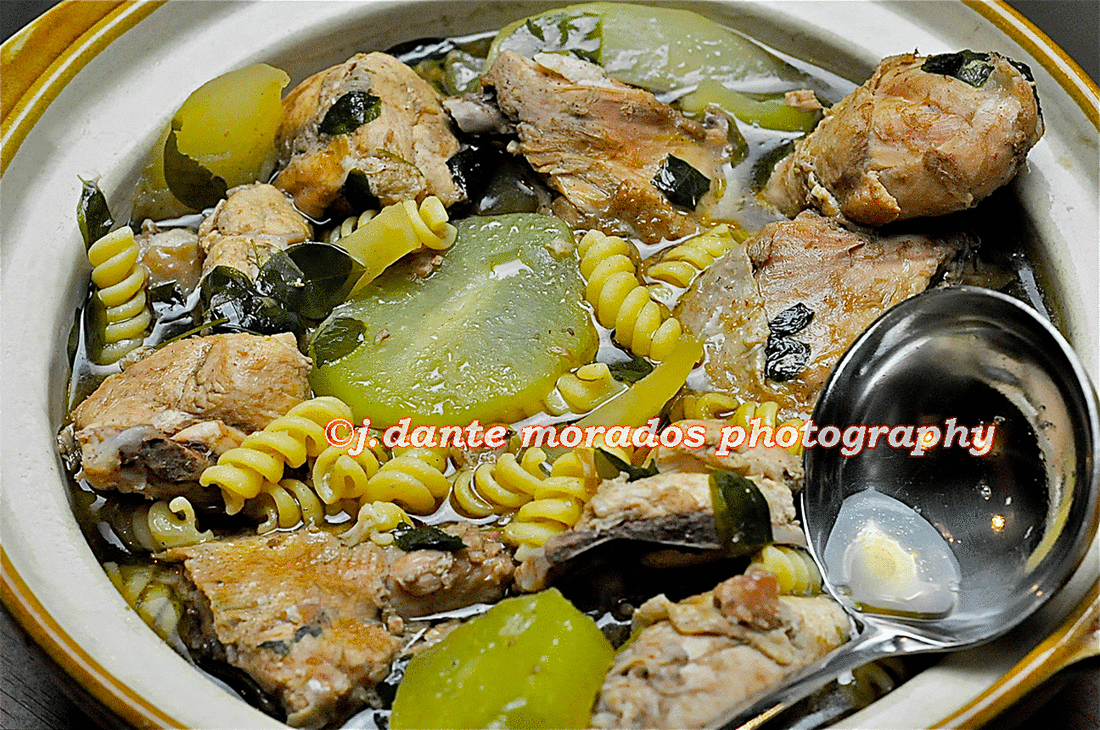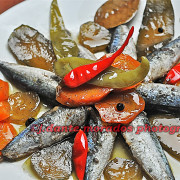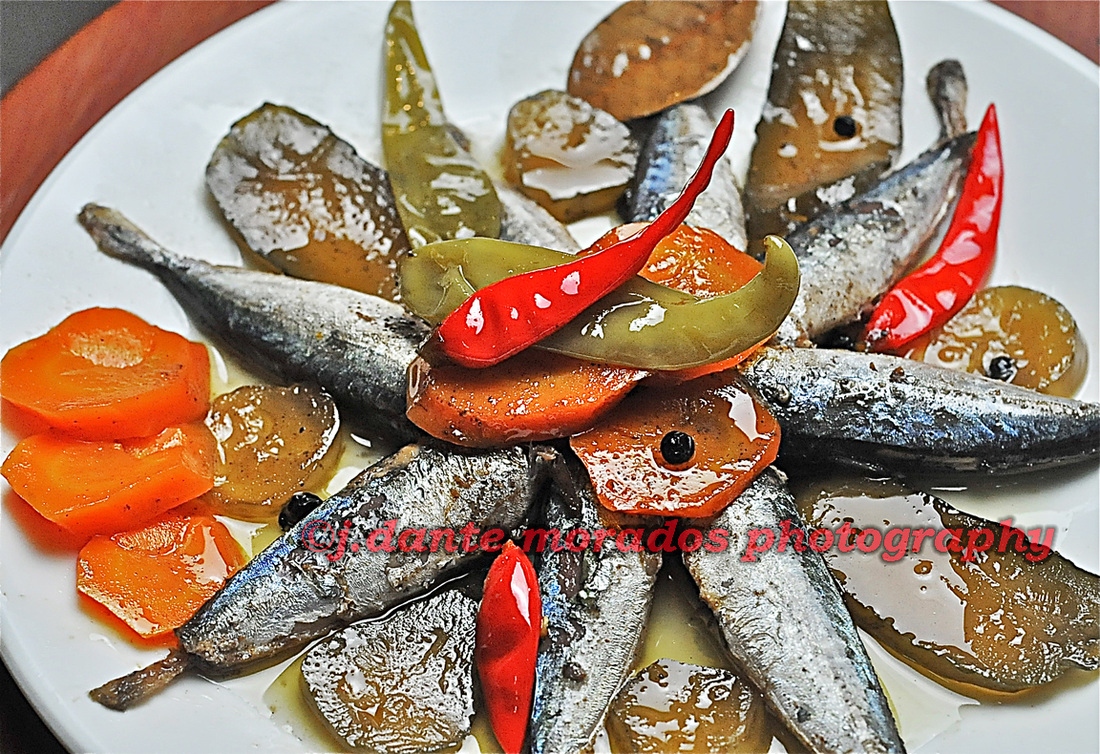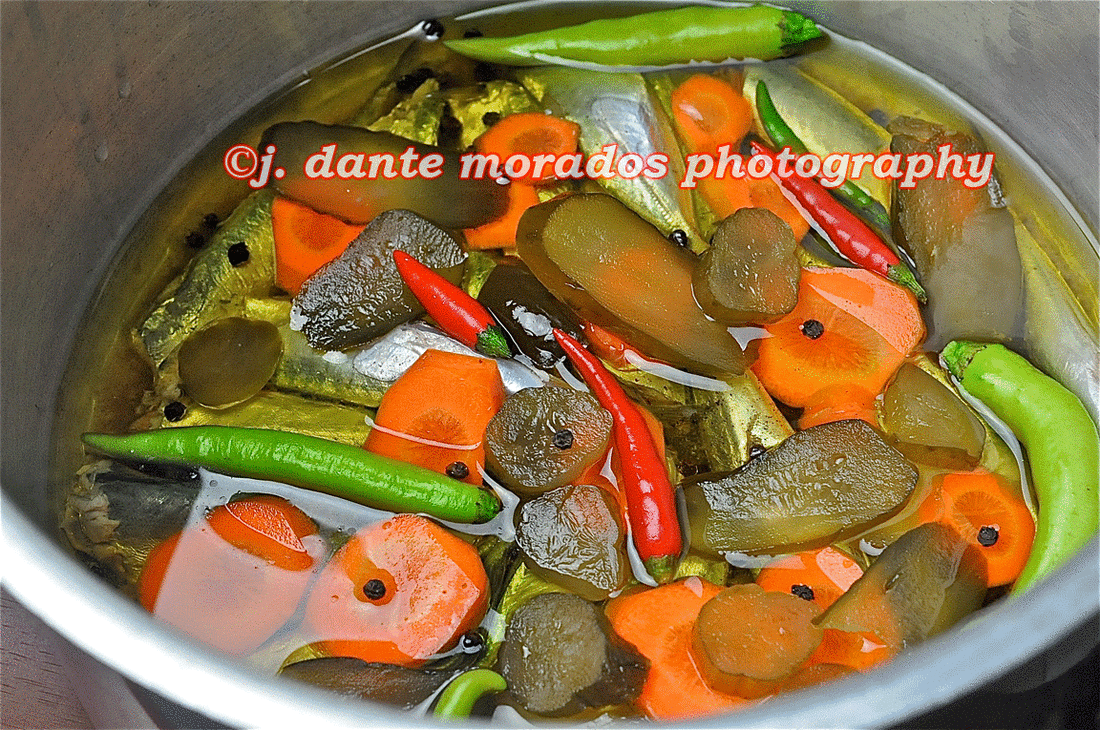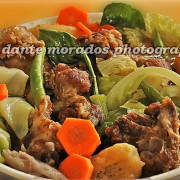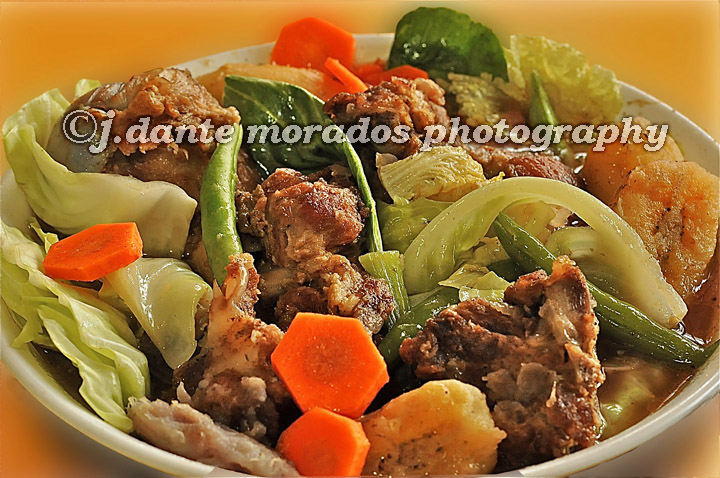Teng-Q (Grilled Pork Ears)
(TENGA BBQ “THE TAGALOG PROFILE”)
(GRILLED PORK EARS)
I grew up in a family ever loving “inihaw” (grilled) dishes
mainly…BBQs.
(Pardon the misnomer. In the Philippines, anything grilled
is called BBQ. Which, in other countries particularly USA,
BBQ would mean subjecting product to indirect heat and wood smoking)
that specialized in different BBQs.
At an early age of 15, I concocted a grill-recipe which said resto-bar
served to its clientele: pork, chicken , beef, fish and “TENGA” (pork ear).
Re-living the memory, a throwback, let’s have pork ear BBQ
aptly termed…TENG-Q.
INGREDIENTS:
MEAT:
1 kilo pork ears (or ear drums), de-haired and fully cleaned
BOILING SOLUTION:
350 ml. tap water
8 grams salt
2 grams ground black pepper
15 grams crushed fresh garlic
15 ml. cane vinegar
5 pieces “labuyo” (bird’s eye red pepper)
(OPTIONAL) 3 grams MSG
BASTING MIX:
100 ml. of the leftover boiling solution
50 ml. EVOO (Extra Virgin Olive Oil)
10 ml. soy sauce
6 grams sugar (white or brown)
2 grams salt
2 grams ground black pepper
TOP GARNISH-SAUCE BEFORE SERVING:
1/3 of the basting mix.
20 ml. tap water
2 grams corn starch
GRILLING MEDIA:
enough charcoal
bamboo sticks, soaked in water prior to skewering
basting brush
PROCEDURES:
1. Mix all ingredients of boiling solution.
Blend well to ensure no lumping of powder ingredients.
2. Add in pork ears/drums.
Boil until desired tender-ness is attained.
3. Remove pork ears and slice to preferred thickness and sizes.
4. Summon wet bamboo sticks and skewer ear pieces
to preferred quantity per stick. Set aside.
5. Using just 100 ml. of the leftover boiling solution,
pour in all ingredients of the basting mix.
Toss, tumble and blend well.
6. Bring to a quick boil, about 2 minutes. Set aside.
7. Get 1/3 of this basting mix, set unto stove and heat.
8. Steer or whisk corn starch into the 15 ml. tap water.
Blend thoroughly. (slurry)
9. Pour slurry into the heated basting mix and bring to boil
until it thickens. Now you have your Top Garnish Sauce.
10. Fire up charcoal to a fiery red state.
11. Basting constantly, grill your TENG-Q the way you wish them to be eaten.
12. Serve with generous drops of your Top Garnish Sauce.


